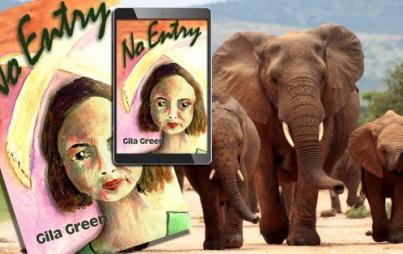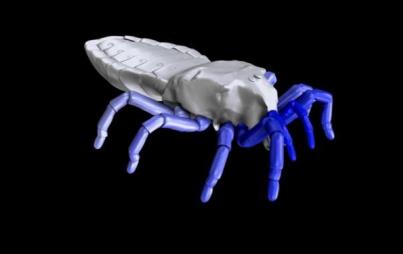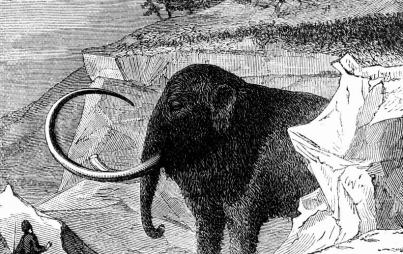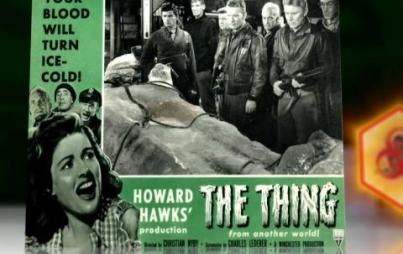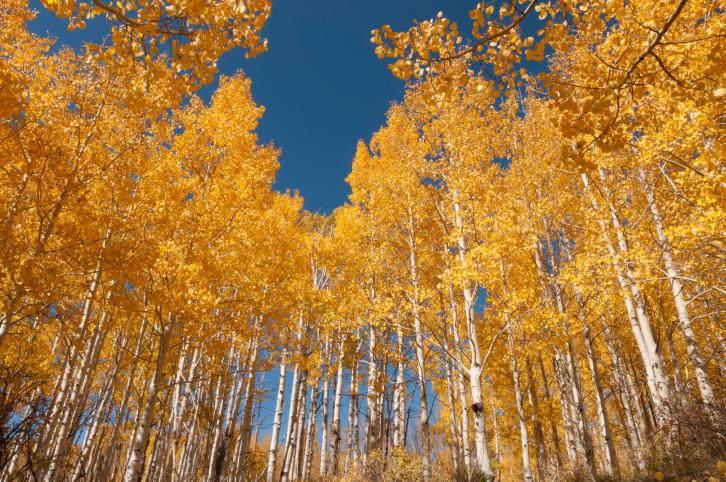
Thinkstock
It's no secret that Utah houses some astonishing works of nature. Southern Utah is awash in majestic red rock formations created by long-ago oceans. The Northern section of the state has its own fair share of mountains and canyons, along with a massive salt cache that makes up vast salt flats and the Great Salt Lake upon which you can float like a cork (if you don't mind the stench).
And it turns out that even the middle of the state—known primarily for farmland and Mormons as far as the eye can see—has a fascinating natural phenomenon. Fishlake National Forest holds a wondrous yellow grove of quaking aspens, named for their flat, flexible leaves that flutter in the wind (alliteration points!). Cooler yet, these trees hold an eerie secret within.
You see, the entire span of nearly a half million trees is actually one single organism (!). As if out of a 1950s sci-fi film (minus the human killing), each tree is genetically identical and linked together through a single root system. The trees reproduce asexually by sprouting new stems from the root structure, no flowering needed. The names of this beautiful, but slightly disturbing, tree behemoth is fitting: the Pando clonal colony . . . aka The Trembling Giant.
The colony wins the prize for the second-heaviest known organism in the world—right behind a less exciting fungal mat in Oregon—coming in at a whopping 13 million pounds. And it’s among the oldest living entities on the planet: the root system is estimated to be . . . wait for it . . . about 80,000 years old (the fungal mat, by comparison, is a wee young lass of 2,400 to 8,650 years old). This means the colony went through its infancy at the same time Neanderthals were living it up in Europe, in the throes of the last major Ice Age.
Which is why it’s unfortunate that the future of the golden clonal co-op looks grim. Overgrazing by deer in the area seems to be quickly damaging young trees, as well as their general root system. This sad prospect gives new meaning to the reportedly unnerving experience of visiting the forest. While the rustling of quaking aspens is serene in small numbers, the cumulative effect of Pando is known to infuse “a real sense of life to the ancient, dying, trembling giant.”
We can only hope Pando hasn’t actually been cursed with the evolutionary creation of self-consciousness. The thought that it could understand its cruel, oncoming demise is too tragic a thought to bear.

